Hybrid Energy Systems Research
NREL assesses the optimal locations for the deployment of hybrid energy plants, seeking to reduce costs and increase penetration by addressing technical, logistical, and economic challenges.
Capabilities
NREL is developing analysis and optimization tools to design more cost-efficient and grid-friendly renewable energy plants by taking advantage of the benefits of hybridization—from addressing technical challenges around controls and electrical infrastructure for combining technologies to determining the optimal locations for deployment across the United States.
Leveraging the capabilities at the Flatirons Campus, NREL is developing cutting-edge technology to help identify the markets and technologies of the future.

Design Methods and Tools
NREL is developing robust open-source modelling tools capable of simulating and optimizing a range of hybrid energy systems. The Hybrid Optimization and Performance Platform (HOPP) is a software tool (part of the NREL suite of systems engineering tools) that enables detailed analysis and optimization of hybrid power plants down to the component level. It has the capability to assess and optimize projects that contain combinations of wind (onshore and offshore), solar, storage, geothermal, and hydro.
The HOPP platform aims to answer the crucial question "When and where do hybrid plants make sense, and how can we design them optimally?" HOPP leverages other NREL-developed tools—ReOpt, SAM, WISDEM—to size, analyze, and design the hybrid power plants of the future, allowing for detailed output on a myriad of design conditions, from number and type of turbine to the overall layout and topology of assets within the system.
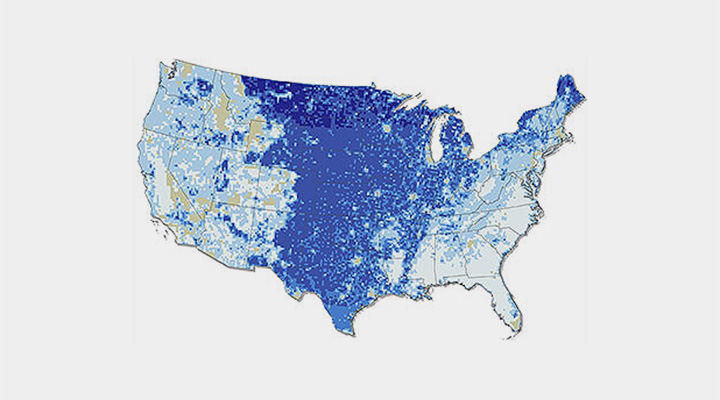
Resource Characterization, Forecasting, and Maps
To identify the best locations for hybrid plant development, NREL has created high-resolution wind and solar maps using a national database called the WIND Toolkit for wind integration and forecasting, as well as National Solar Radiation Database data. NREL researchers are also advancing the science of wind measurements and observations through numerous industry partnerships. This data enables a full understanding of the complementarity of resource, a crucial piece in determining the optimal deployment of hybrid plants.
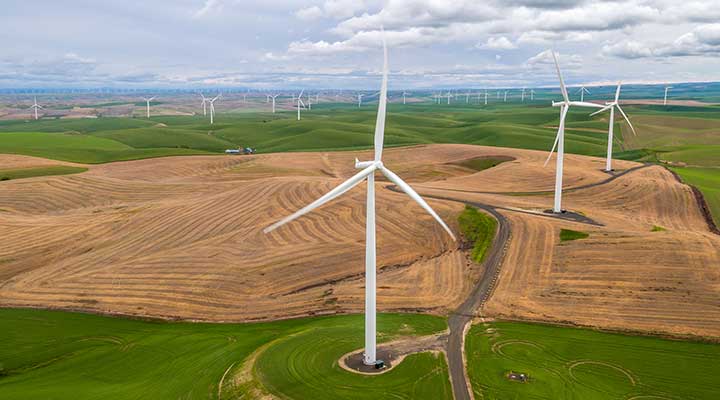
Controls
Researchers at the National Wind Technology Center research, design, and validate advanced wind and solar power plant control systems to maximize energy production in hybrid scenarios.
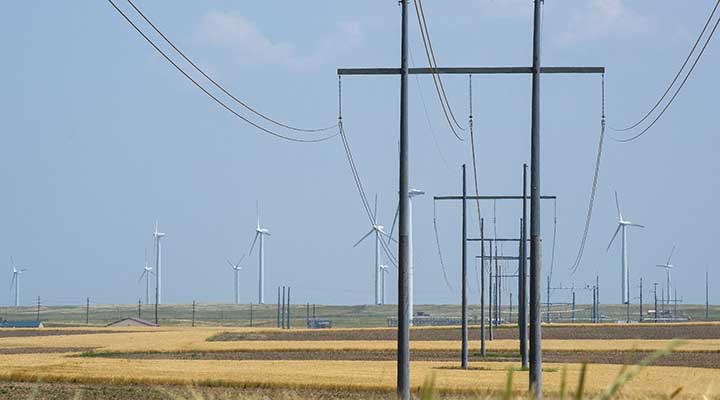
Utility Grid Integration
NREL's grid system integration analysts work with the U.S. Department of Energy, university researchers, independent system operators, and regional transmission organizations to provide system characterization data and models that empower electric power system operators to more efficiently manage grid integration and maximize the benefits of hybrid plant operation.
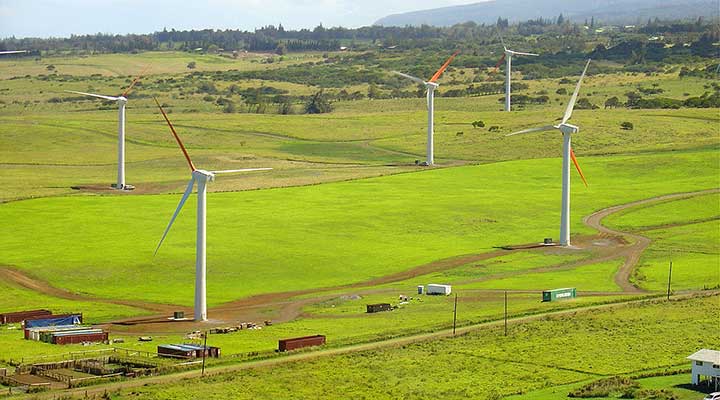
Energy and Economic Analysis
Land-based wind energy analysis capabilities include tracking historical technology trends and costs, evaluating and assessing future innovation opportunities, and analyzing opportunities for wind power within the electric sector of today and out to 2050. Learn more about NREL's cross-cutting analysis capabilities.
Publications
Opportunities for Research and Development of Hybrid Power Plants, NREL Technical Report (2020)
Contact
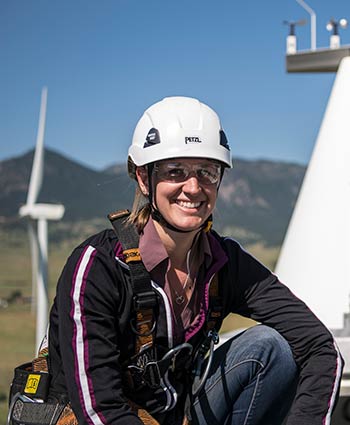
Share
